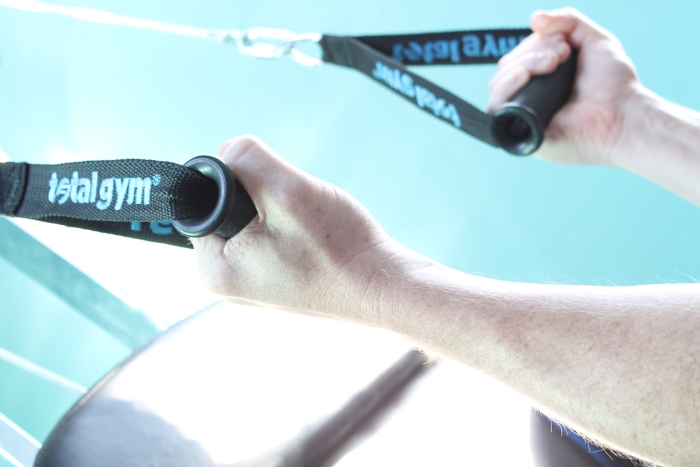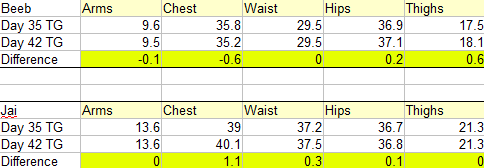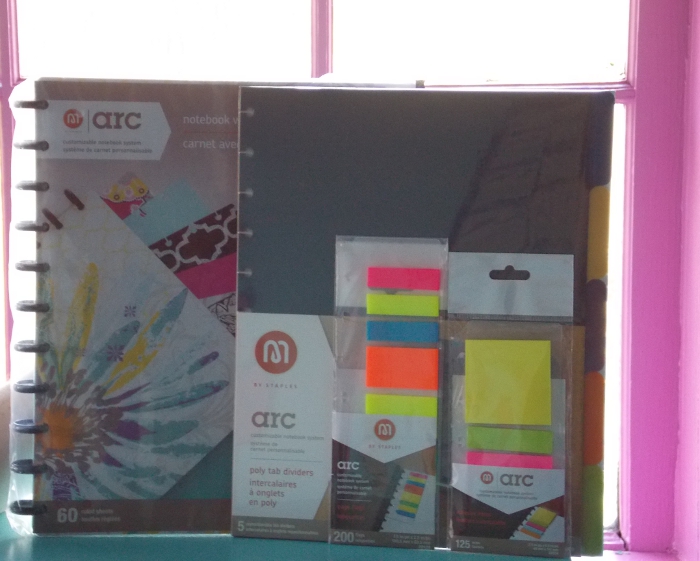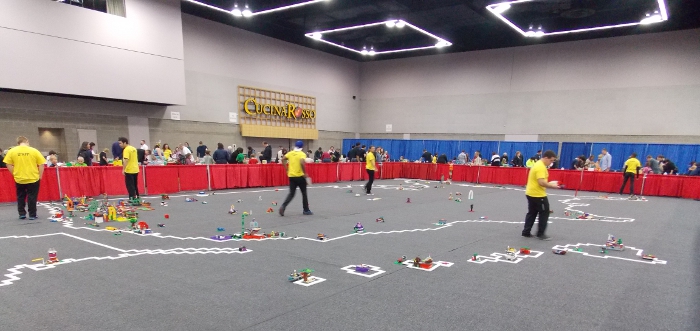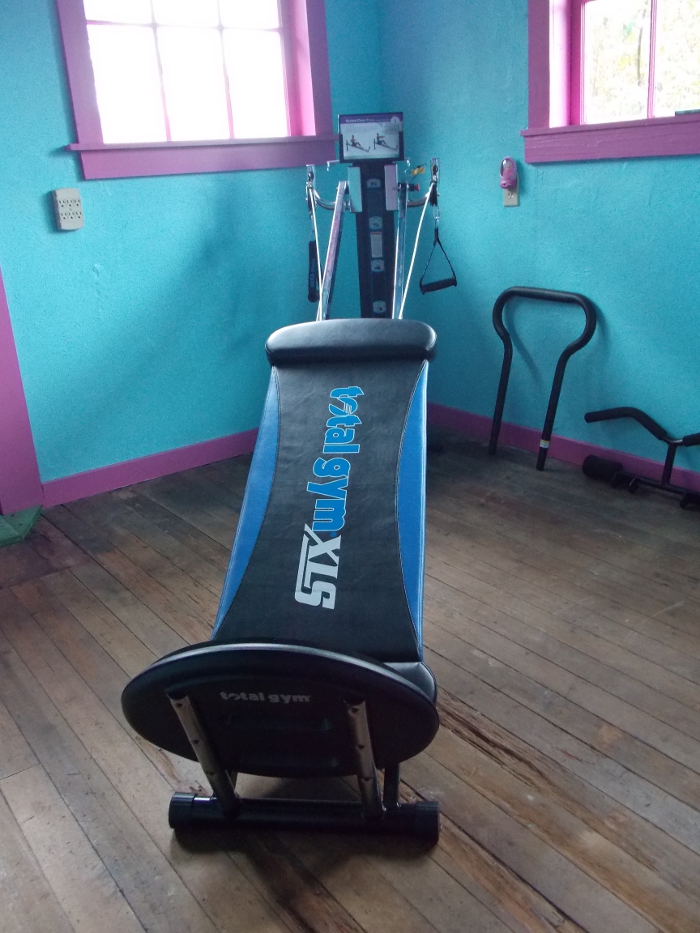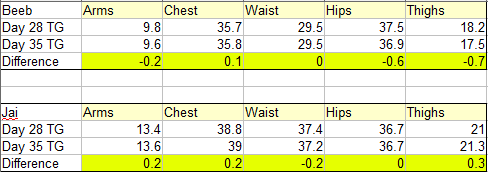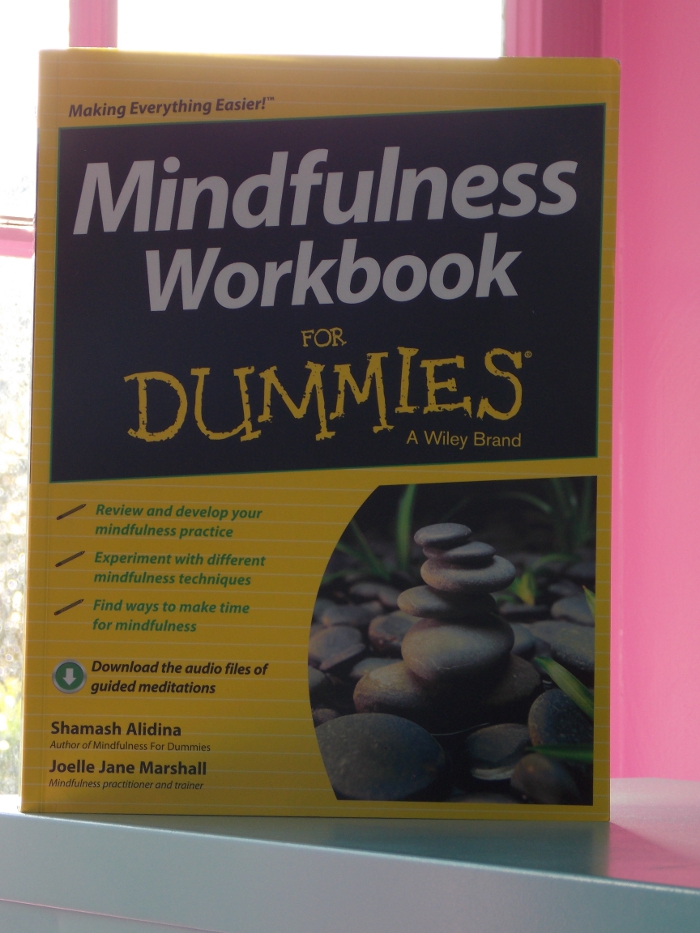 A promotional copy of this book was provided for review. This post contains my Amazon Associates link.
A promotional copy of this book was provided for review. This post contains my Amazon Associates link.
I’ve been interested in meditation for several years, and although I’ve taken a few steps such as buying a deck of “Meditation Cards”, it’s not something I’ve made time for regularly. When I have meditated, I hit the same roadblocks most people do of having my mind wander to irrelevant topics and feeling like I was doing it “Wrong”. Earlier in the year, I watched a lecture that mentioned the benefits of mindfulness meditation and I found it to be very compelling. Both Jai and I have wanted to learn more about the topic of mindfulness meditation, and upon searching, it became clear that many of the books on the topic were pretty esoteric; I wanted something basic that would serve as a good introduction to mindfulness to those of us who have yet to go on a Zen retreat.
So when I got an offer to check out the Mindfulness Workbook For Dummies, I thought it was pretty serendipitous. After all, it couldn’t get much clearer than a “For Dummies” book, right? 😉 I was eager to check it out. The irony is that it was very hard to make the time to actually sit down and read it with everything that has been going on – that in itself should tell you that I most definitely need meditation in my life!
As the title suggests, this book is a how-to manual complete with worksheets containing suggested exercises to follow as you begin to learn the ropes of mindfulness. Beginners will be reassured to know that there is no “Wrong” way to meditate, and that in fact, having thoughts pop up in your head during meditation is the whole point. Mindfulness really is about a journey with no destination, because the journey is the destination.
The authors, Shamash Alidina and Joelle Jane Marshall, are both based out of London, so I found their thoroughly sensible British approach to mindfulness very comforting. Only in Britain would they recommend ending a meditation group with tea and biscuits – I love it!
The Mindfulness Workbook is very pragmatic and practical, which really appeals to me. It discusses the scientific studies which have been done illustrating the positive effects of mindfulness, as well as the proven effects that stress has on your body in addition to pointing out why the human brain tends to focus on the negative. (If you’re interested in learning more about the science behind stress, I highly recommend watching National Geographic’s “Stress: Portrait of a Killer” which is available on Netflix.) Because this workbook focuses on the mechanics of retraining your brain through mindfulness, it is compatible with whatever personal/spiritual/religious beliefs its readers have.
I read through this workbook at the end of a very exhausting week. The authors encourage you to skim through whatever parts of the book you feel are relevant to you, which makes it very accessible to the time-strapped, stress-saddled people that need it the most. I only skipped a couple of parts that didn’t apply to me, such as the chapter on teaching mindfulness to children. I found this to be quite a profound read that elicited very visceral reactions from me; I broke down in tears at one point. In addition to being an excellent, no-nonsense primer on meditation techniques, the workbook gave me some insights I didn’t necessarily expect. I’m a perfectionist and I have high expectations, but only of myself, not other people; and I will find myself expecting that I need to feel a certain way or have specific experiences, which then makes it impossible for me to fully enjoy a lot of things. It’s a hangup I’ve always had that annoys me, because it doesn’t make any sense, but I wasn’t sure how to change it; in fact, this is the first time I’ve ever really been able to articulate it. The Mindfulness Workbook talked about this type of thing in reference to the way we think about the future and experience the present, which was helpful to me.
If you’re new to meditation, you’ll be glad to know that this book makes it very easy to understand and approachable. The meditations are broken down into simple exercises, with a kind and reassuring approach. You can do whatever you feel comfortable with – so if the 8-week meditation course provided in the book sounds as overwhelming to you as it does to me, then you can choose to do something very easy and accessible such as a three-minute morning tea meditation, where all you have to do is make a cup of tea and actually pay attention as you do. Many of the meditations could really be done anywhere, which makes it a lot more realistic to actually do them. I’m not suggesting that you be so busy that all you do is rush around with no time to do anything more than meditate for 30 seconds – far from it. I just know what it’s like when you are stretched to your absolute maximum, so think of this book as throwing you a life preserver with some meditations that you can really do in your current situation. It’s like anything else; once it becomes a habit, it’s not so overwhelming, and you’ll be able to make more time for it. The book even suggests mindfulness exercises you can do while cleaning the house – not because they’re trying to get you to be a highly productive multitasker, but rather so that you can get more out of daily experiences, and to provide ways that you can fit meditation in without having to become a monk for 6 months.
Speaking of multitasking – there are dozens of gems in this book, but this one really made me laugh:

I want to frame this and hang it on a wall for everyone to see! As someone who really likes to focus and not have my concentration broken, multitasking does not always come naturally to me, but I accept it as unavoidable and necessary in my job since I work in social media. But what disturbs me is that with the advent of cell phone culture, people seem to expect everyone else to be available 24/7 – there’s an assumption that I will have my phone on me regardless of whether I’m working, sleeping, or in the shower, and no matter how mundane and non-urgent the call/text/email may be. I have no problem with responding to business queries very promptly when I’m in the office, and if someone in my personal life is hurting I will drop everything, including work, to go be with them and help. But the amount of pressure put on me to be constantly “On call” for matters that could easily wait adds a great deal of stress to my life. People actually get quite upset and panicky if they want to get through to me to chit chat about the weather and they don’t get an instantaneous response because I am, say, on the other line with a client; Louis C.K.’s recent skit about cell phones filling a void seems even more apt after reading this book! I think a lot of people could really benefit from the principles behind mindfulness in today’s fast-paced world.
If you have an interest in meditation or just general well-being and stress relief, I would recommend this book. It has a gentle, easy-to-understand approach that is compatible with any lifestyle and does not require any special training or a huge amount of time. You can pick up a copy on Dummies.com for $19.99, and it is also available on Amazon. The book also comes with a link where you can download guided audio meditations as an accompaniment, so it really covers a lot of ground for the beginner.
The book also comes with a link where you can download guided audio meditations as an accompaniment, so it really covers a lot of ground for the beginner.
Do you meditate?











